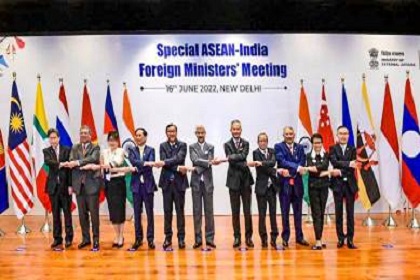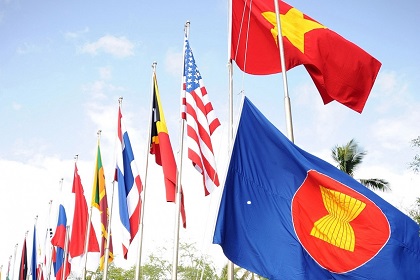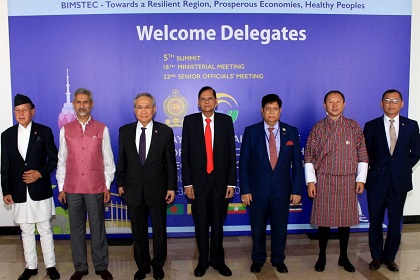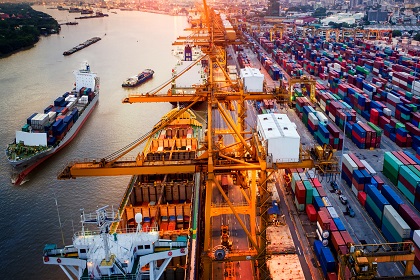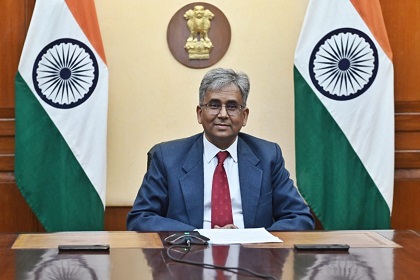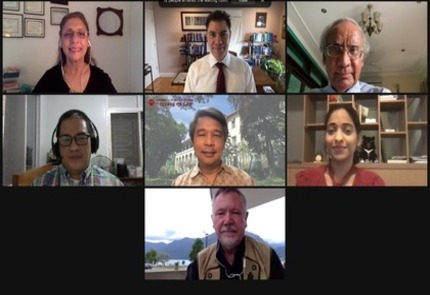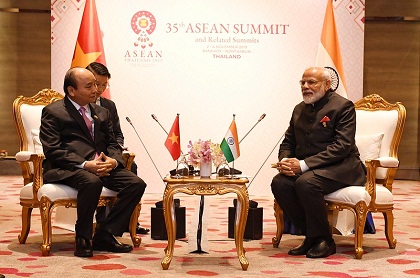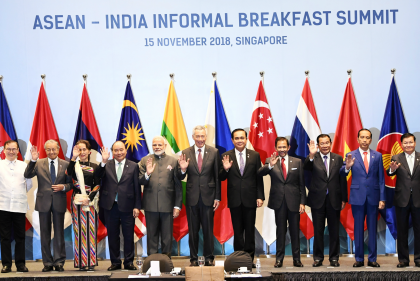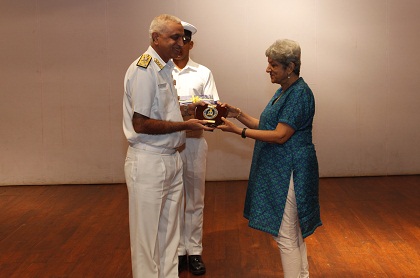India on ASEAN centrality and unity
ASEAN centrality is not what it used to be. Covid, post-pandemic economic recovery, the Ukraine crisis and the challenge of China all tested ASEAN capabilities to manage them. It is now up to ASEAN to work out its unity and centrality with a greater sense of responsibility.

